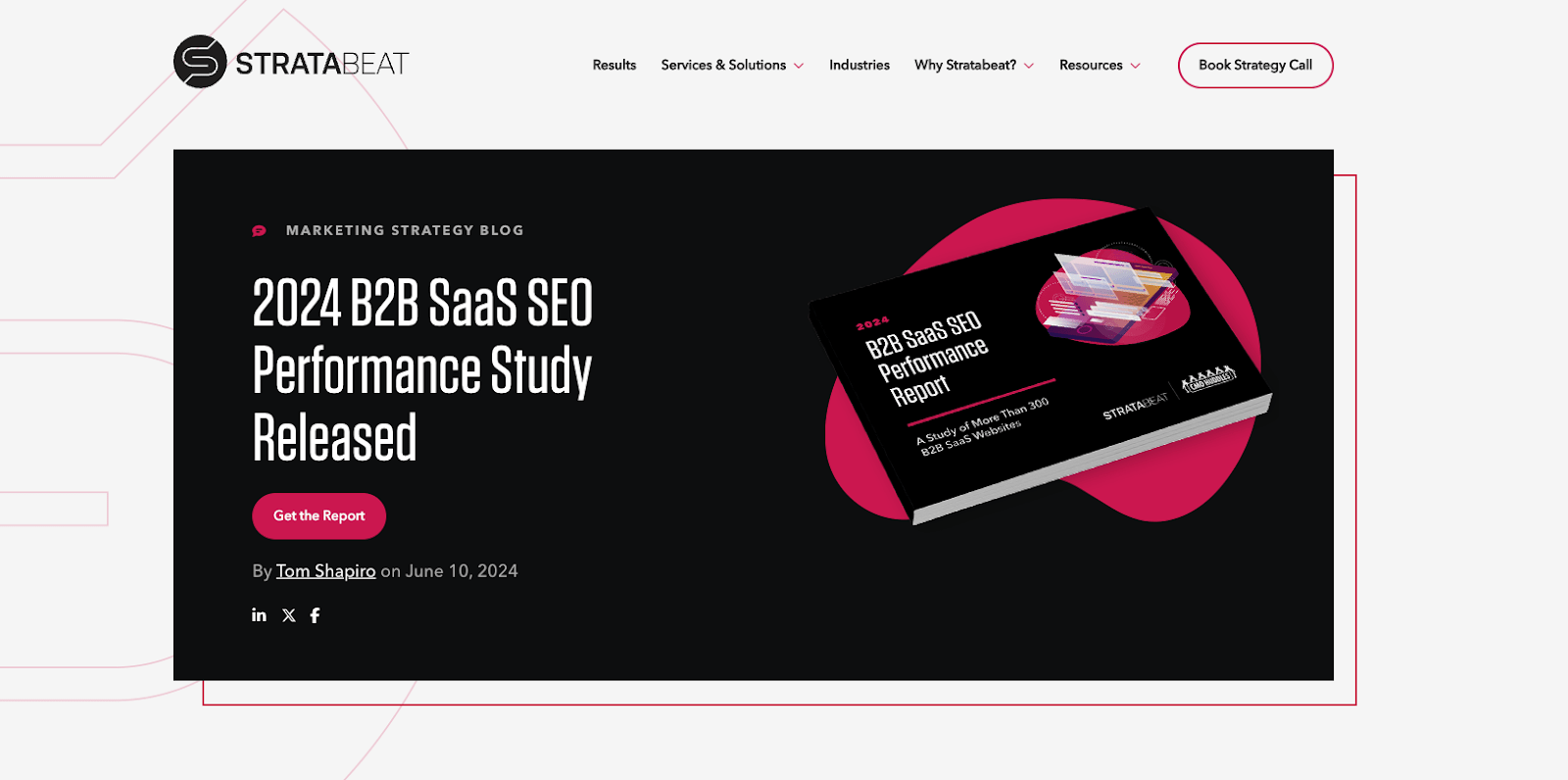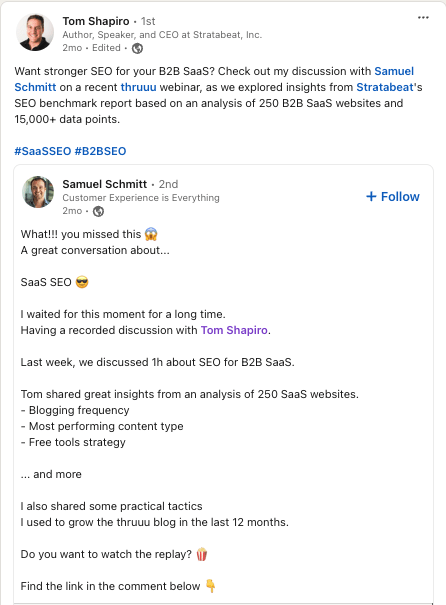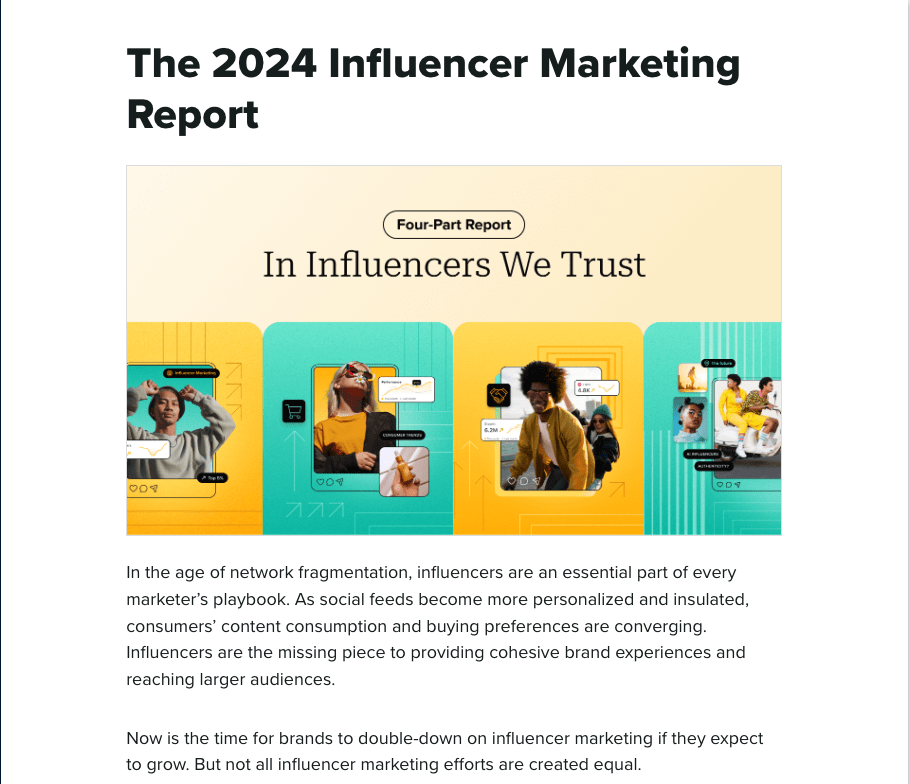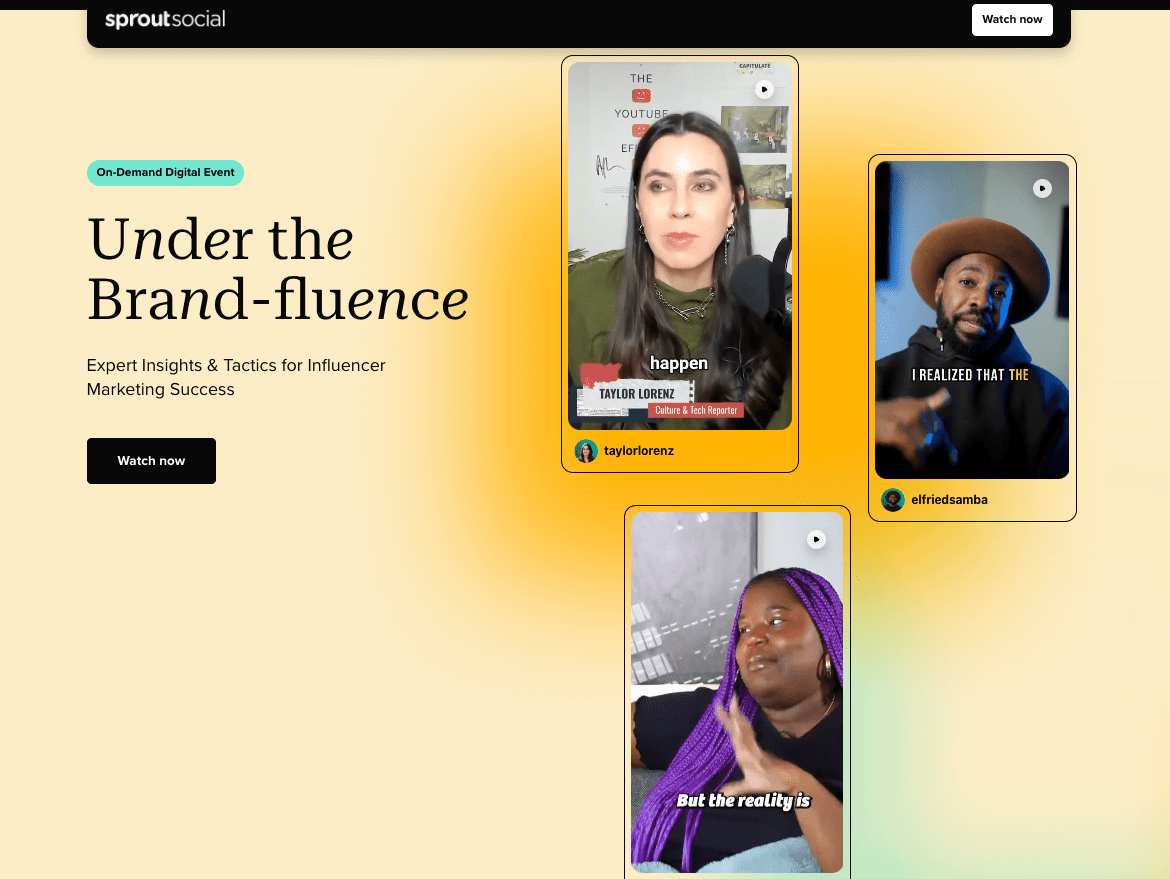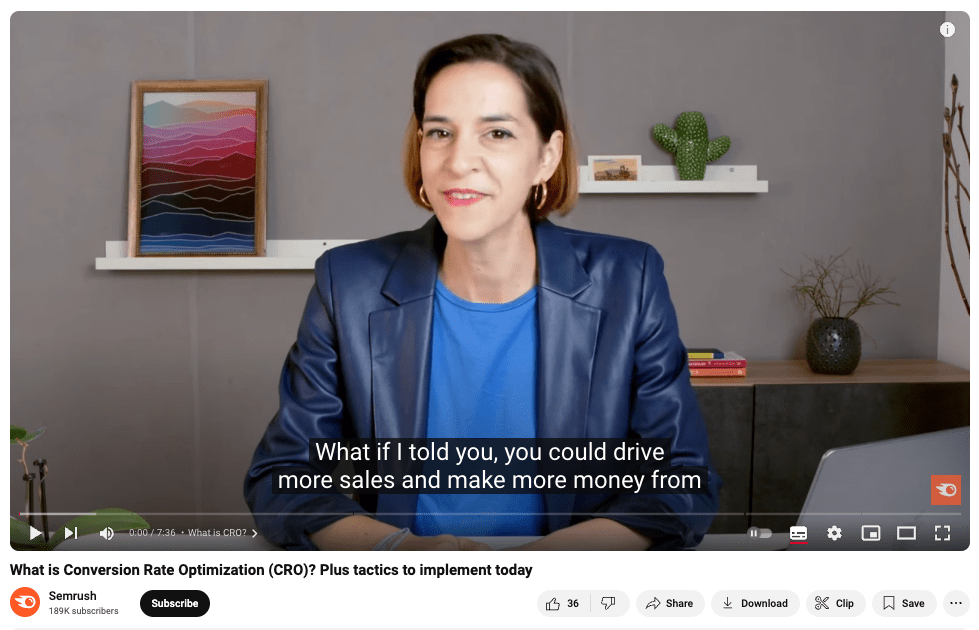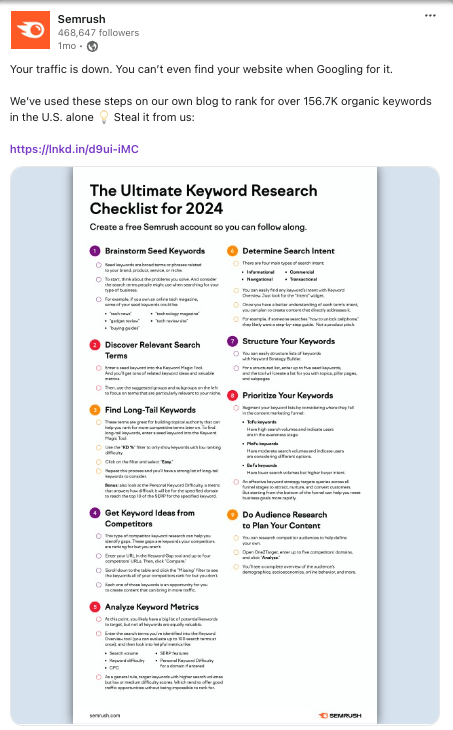Boost Your Marketing ROI with Content Atomization

Key Takeaways
- Many content teams struggle to see ROI due to limited audience reach.
- Content atomization breaks content into smaller, targeted pieces.
- Atomized content can include blog posts, reports, social posts, infographics, emails, videos, and audio.
- It boosts reach by delivering content via different formats and channels.
- Strategic atomization can double or triple audience reach and content ROI.
- Real-world examples, like SAP’s “Digital Chop Shop,” validate the impact of atomization.
- Tailor atomized content to specific audience segments and platforms.
- Leverage AI and creative thinking to outpace competitors.
Producing high-quality content takes time and resources. Yet many marketing teams struggle to see a meaningful return on their content investments.
The problem? Your content reaches only a fraction of its potential audience.
Content atomization solves this problem. Instead of constantly producing new material, reuse existing content in creative ways.
This guide will show you how to implement content atomization to amplify your marketing impact and double your audience reach.
What is Content Atomization?
The Importance of Content Atomization
Practical Guide to Atomizing Your Content
Creating Diverse Content Forms
Diversifying your core content allows you to cater to different audience preferences.
Here are ideas for creating varied content forms:
- Blog posts to convert key points into in-depth articles, listicles, or how-to guides
- Infographics to visualize statistics, processes, or comparisons from your main content
- Short-form videos to create bite-sized explainers or tips for platforms like TikTok or Instagram Reels
- Longer video content to develop detailed tutorials or expert interviews for YouTube or your website
- Podcast episodes to discuss subtopics in-depth or invite experts for conversations
- Social media posts to create platform-specific content, like carousel posts for Instagram or threads for X
- Email newsletters to summarize key points or offer exclusive insights to your subscribers
- Webinars or live streams to host interactive sessions to dive deeper into specific aspects
- Checklists or templates to offer practical, actionable tools related to your topic
- Case studies to highlight real-world applications or success stories related to your main topic
For example, Sprout created an entire digital event based on the insights from the influencer marketing report.
Examples of Content Atomization from Semrush
Measuring the Success of Content Atomization
ROI of marketing efforts
Measuring the ROI of content atomization validates your marketing efforts and guides future strategies. This metric helps you understand the financial impact of breaking down core content into multiple formats and channels.
A software company that invests $10,000 in atomizing a whitepaper could see a 400% ROI by generating $50,000 in new customer revenue, demonstrating the financial impact of content atomization.
Compared to their previous approach, they find atomized content generates 30% more leads at a 20% lower cost per acquisition. They also note a 15% increase in customer lifetime value for those engaged with multiple content pieces.
By quantifying these factors, the company shows that their $10,000 investment yielded a 400% ROI, justifying continued investment in content atomization and guiding refinements to their strategy.
Tools and Techniques for Analysis
Effectively measuring the performance and ROI of your atomized content requires a combination of robust tools and strategic methodologies. Like:
Google Analytics to track website traffic, user behavior, and conversion paths
Social media analytics tools (e.g., Hootsuite, Sprout Social) to monitor engagement, reach, and audience growth across platforms
SEO tools (e.g., Semrush, Ahrefs) to analyze keyword rankings, backlinks and other SEO metrics generated by your content
Content performance tools (e.g., BuzzSumo) to compare your content to competitors and identify top-performing formats
Email marketing platforms (e.g., Mailchimp, Constant Contact) to measure open rates, click-throughs, and conversions
UTM parameters to track performance of individual content pieces across channels
Heat mapping and behavioral analytics tools (e.g., Hotjar) to understand UI and UX (user interface and user experience), or on-page user interactions with your content
Marketing attribution software: Connect touchpoints across the customer journey
This combination of tools and techniques enables continuous improvement of your atomized content strategy for maximum impact and ROI.
